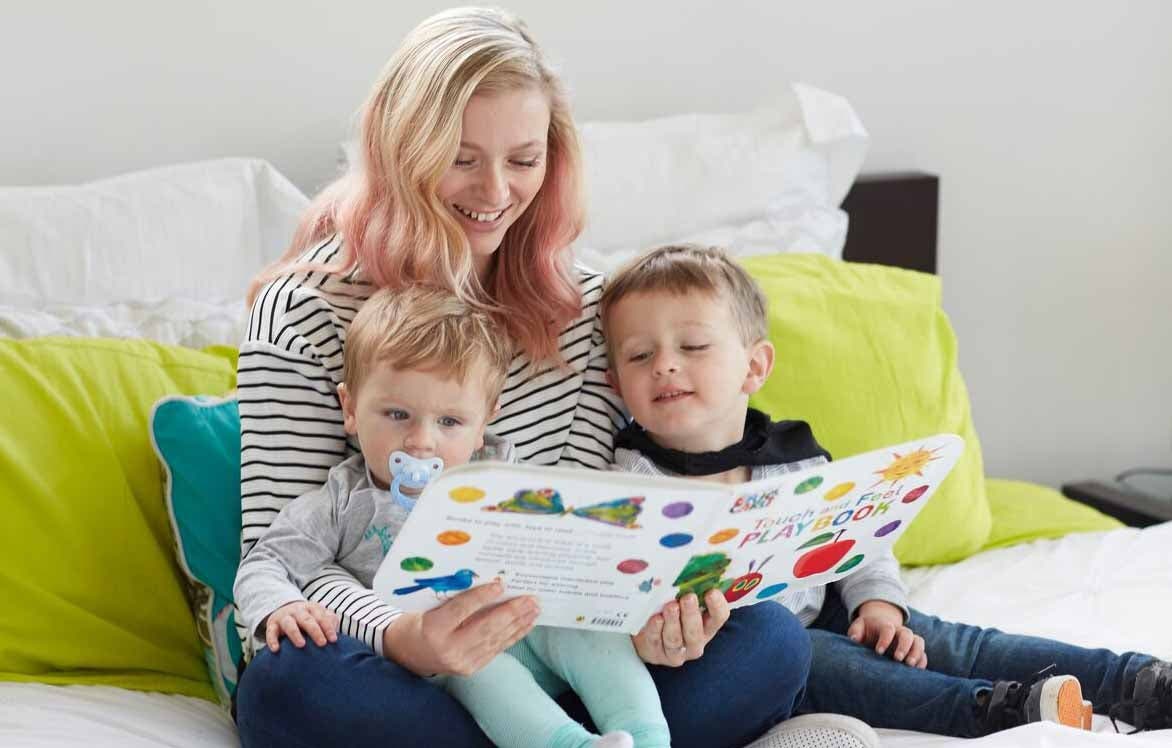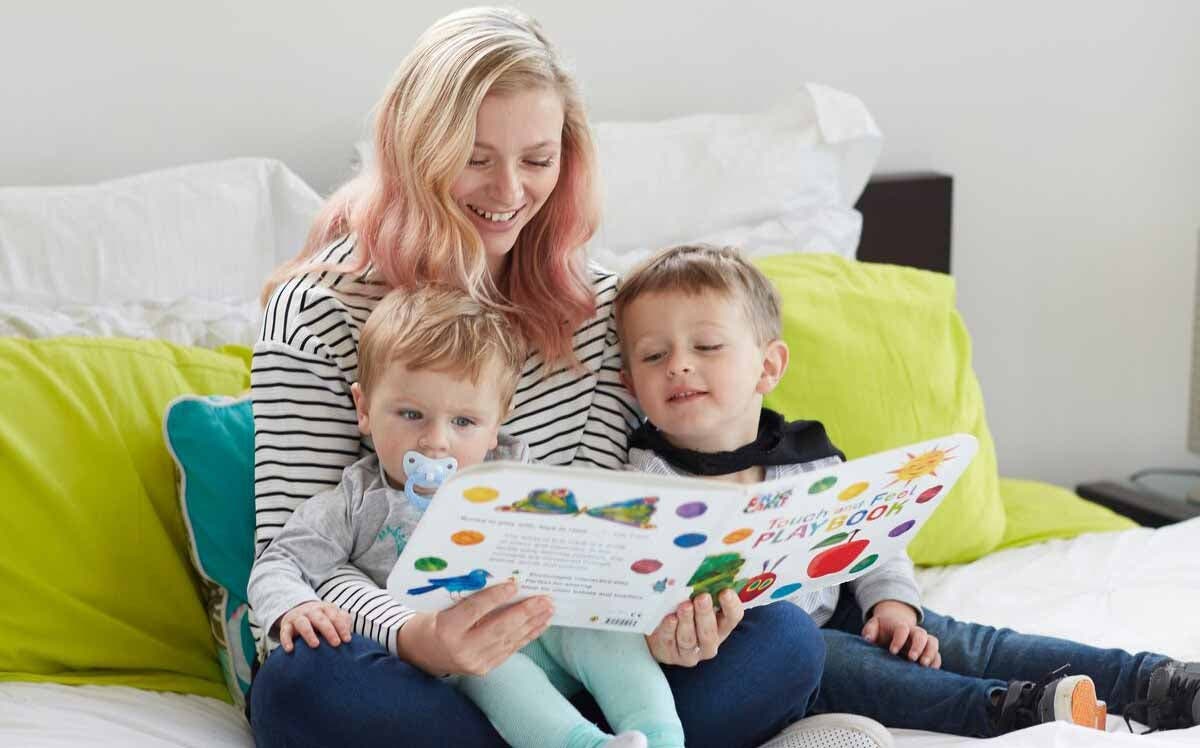How to Sleep Anywhere


If you struggle to fall asleep when you’re away from home or if you’ve ever envied those people who can nod off on the subway, you’re not alone. What’s more, you can become a person who can sleep anywhere. Just try these tips!
Try this military trick
“The skill of falling asleep anywhere isn’t rocket science,” says sleep science coach and founder of Happysleepyhead John Breese. He recommends a U.S. military method to fall asleep anywhere.
“To perform it, sit on a chair with your feet on the ground. Then, close your eyes and relax your neck so that your chin [drops] on your chest. Next, relax all of your muscles, starting from the face, and focus on your slow, regular breathing. You will feel your body becoming heavier and begin drifting off to sleep slowly,” Breese says. “This method takes time to learn, but once you get the idea, you will be able to sleep literally anywhere.”
Wear earplugs
All three of our experts recommended earplugs to block out distracting noises and help you fall asleep. Sleep consultant Dr. Sarah Mitchell recommends the soft malleable type of earplugs rather than rigid ones that could make your ears sore.
Make sure you feel safe
“On a train, in a public place, get your back against a wall, have your valuables stowed safely with [a] loved one or near you, and have a good view around you,” Mitchell says.
Make sure you feel warm
Keep your feet and neck warm with woolly socks and scarves, Mitchell says, especially if you are on an airplane.
Try a guided meditation
Love coach and mentor Michelle Baxo says adequate sleep is the first thing she asks if her clients are getting because “it’s the foundation of a productive, happy life.” She recommends exploring YouTube for long guided meditations.
Empty your mind
“Make a list of all the things on your mind before trying to fall asleep,” says Baxo. “You’re not journaling, but rather listing things to handle or think about at a later time.”
Bring a sleep mask
Breese suggests bringing a sleep mask with you so you can fall asleep in places where daylight or artificial lighting are unavoidable.
Chill
If you’re struggling to fall asleep in a hotel room or a friend’s house, see if you can adjust the temperature, Breese says. The best temperate range for falling asleep is between 60F and 67F (15.5C and 19C).
